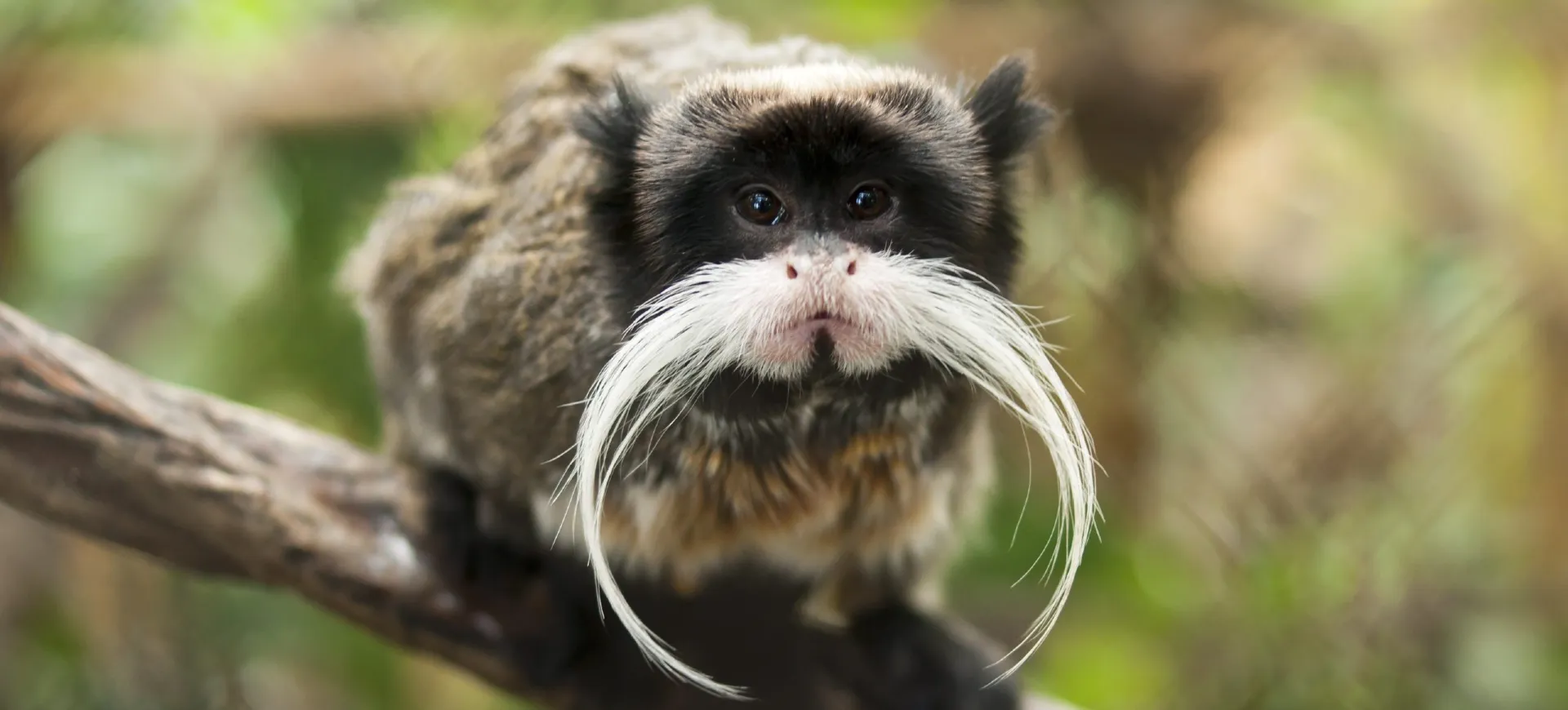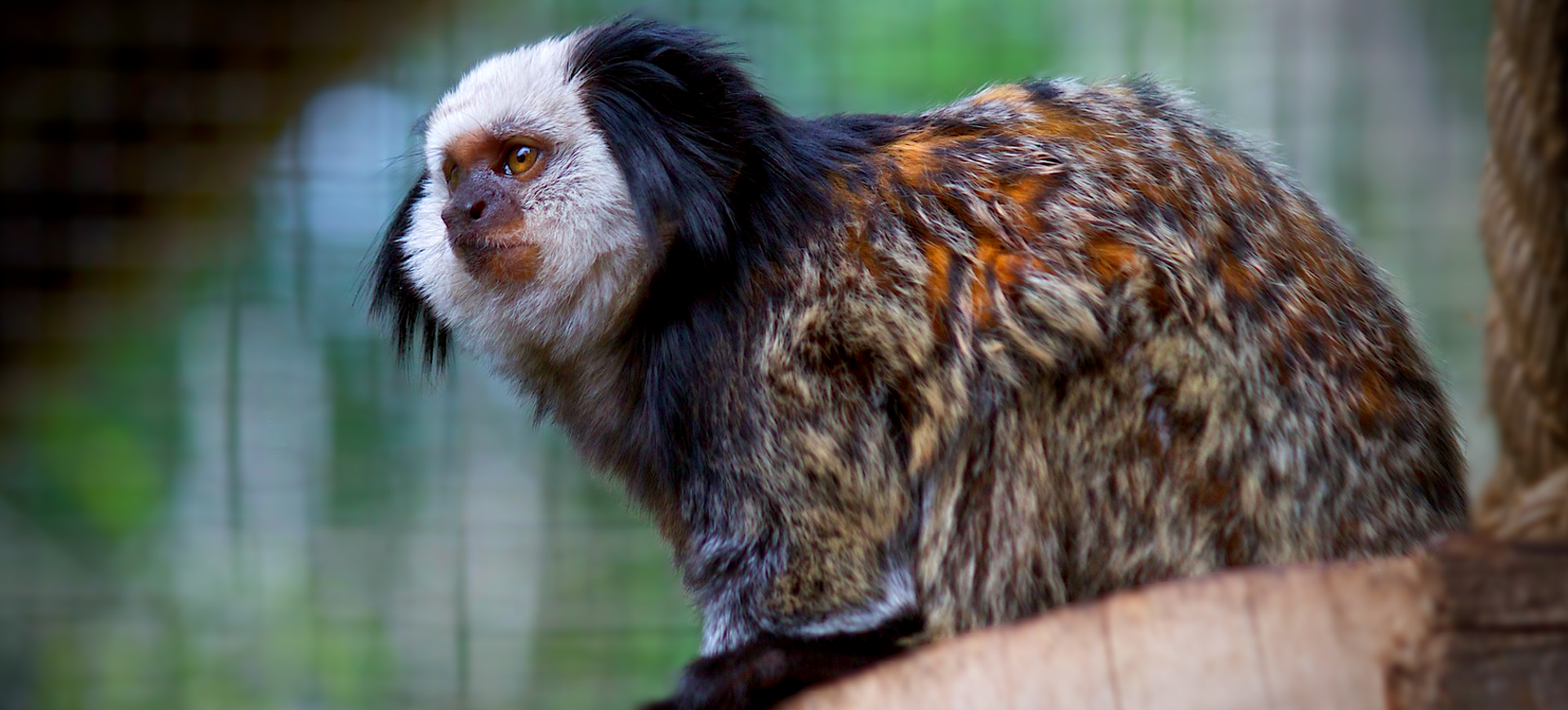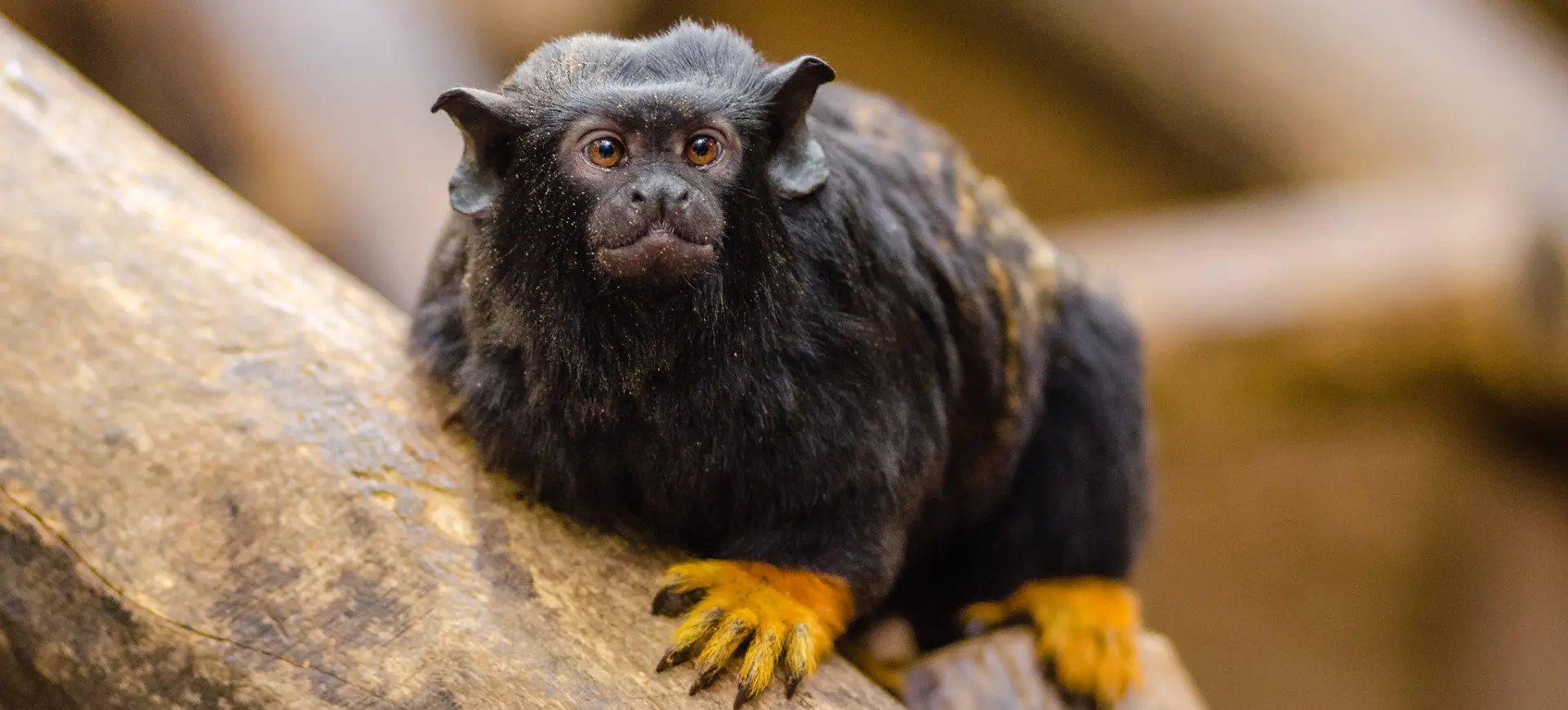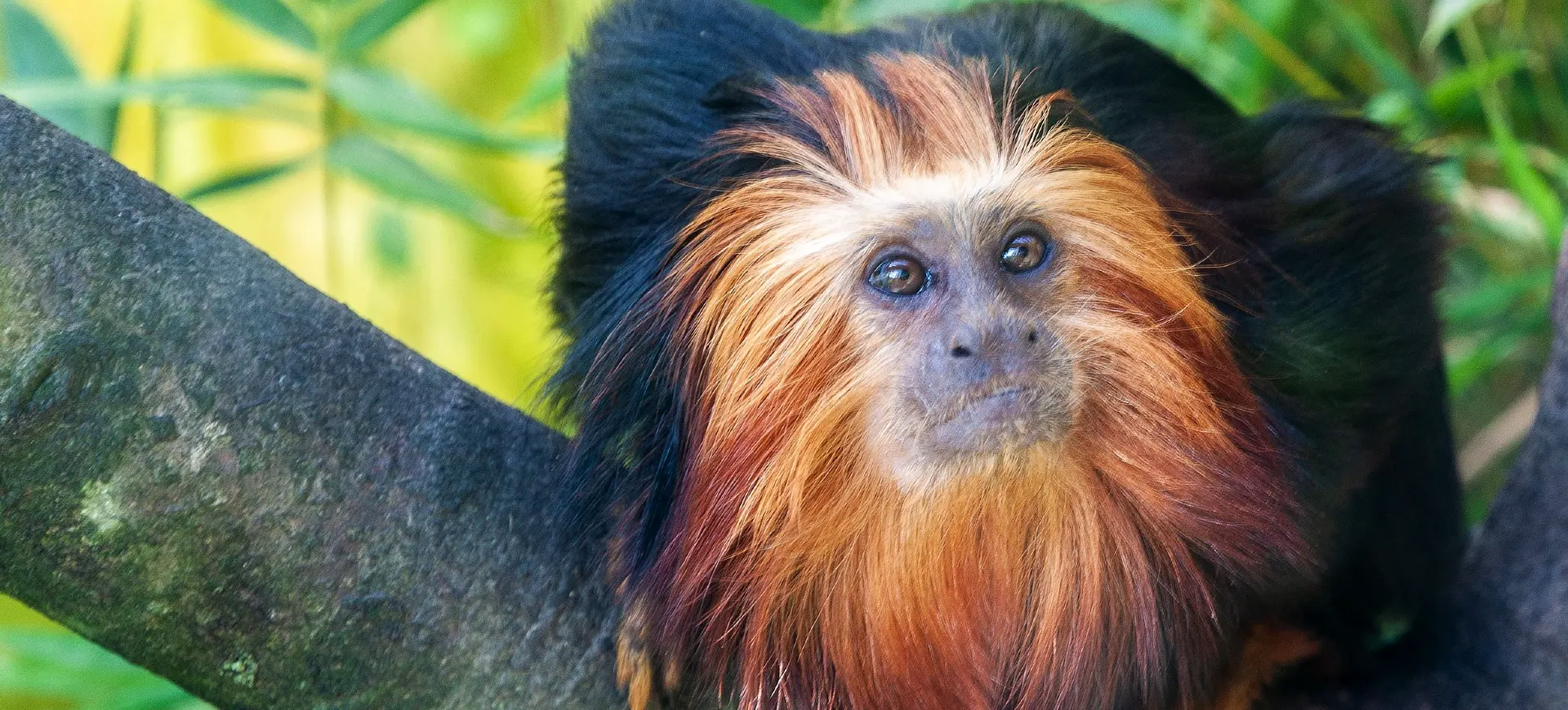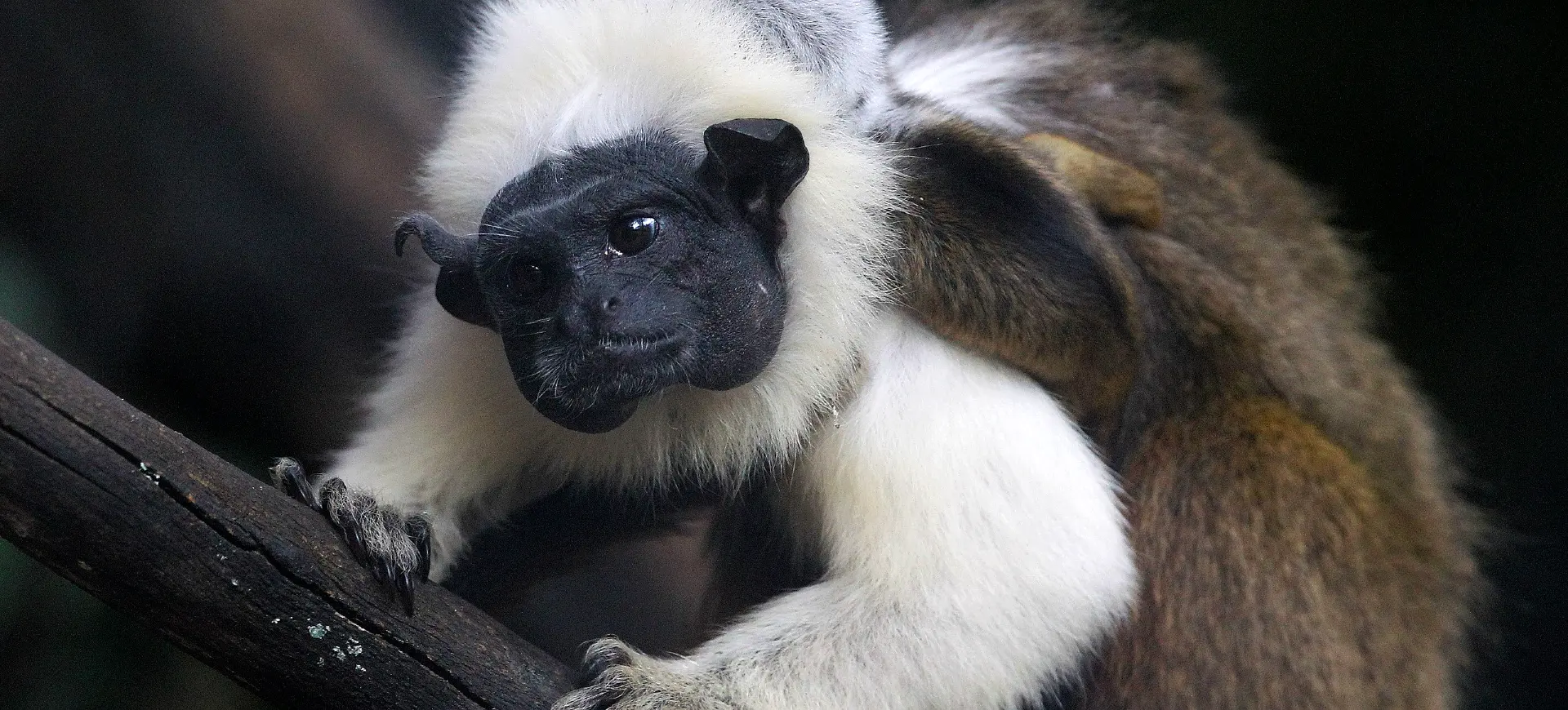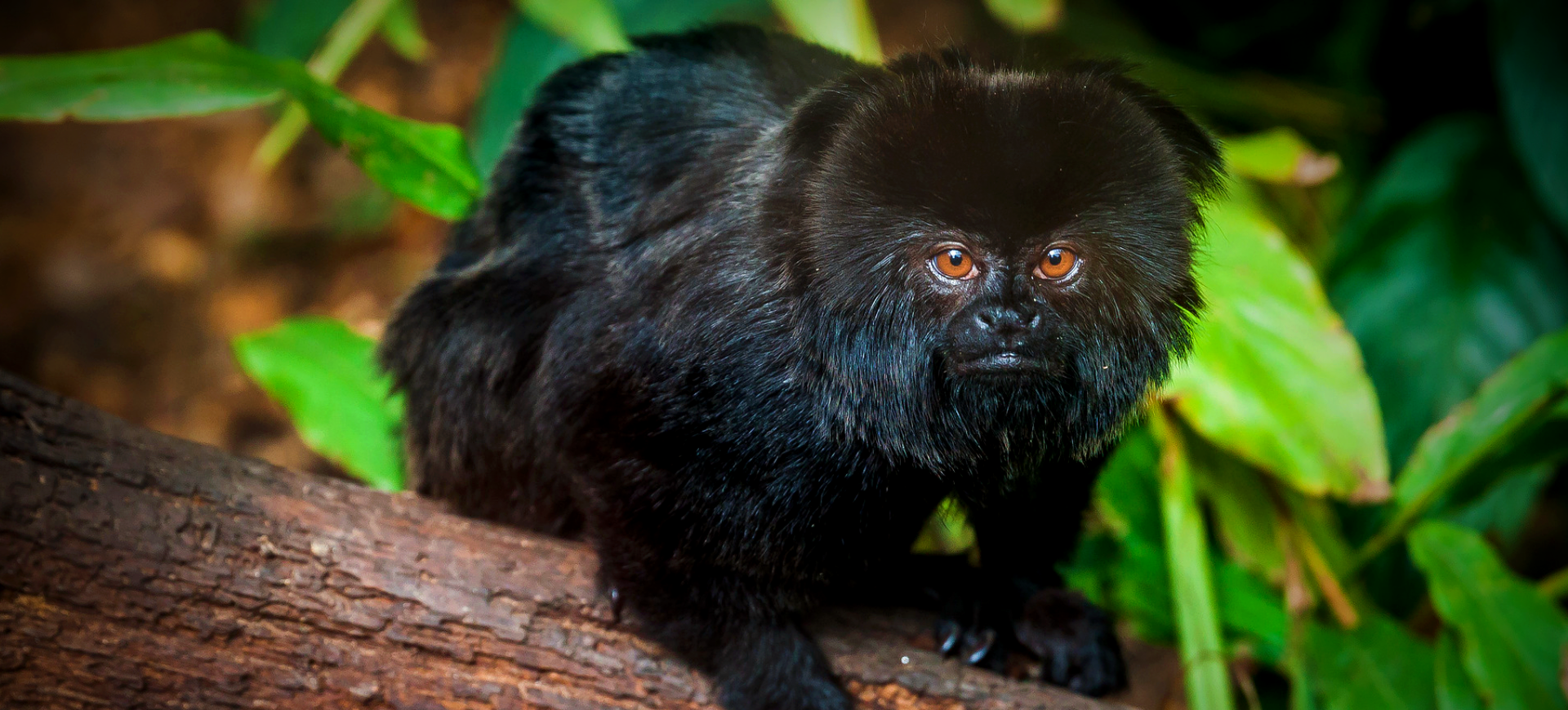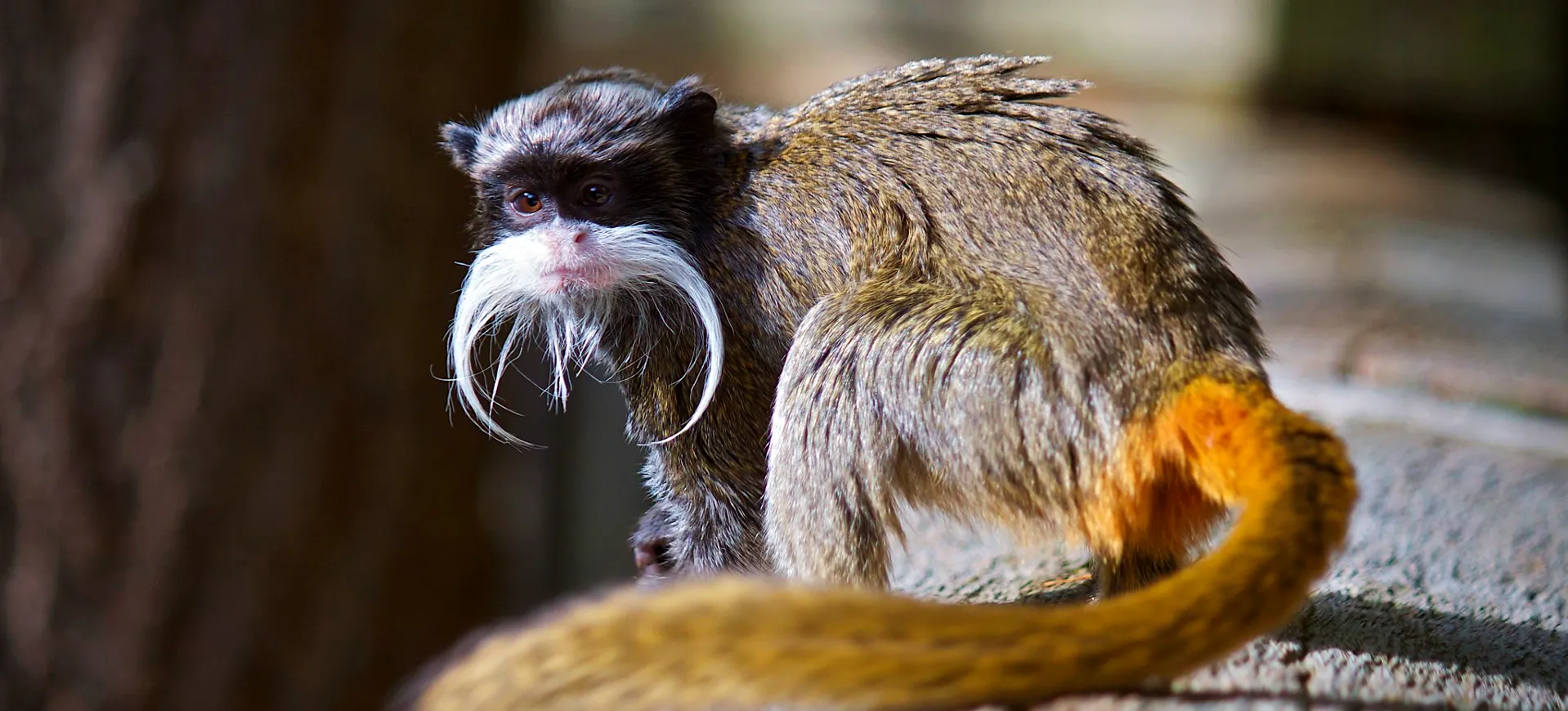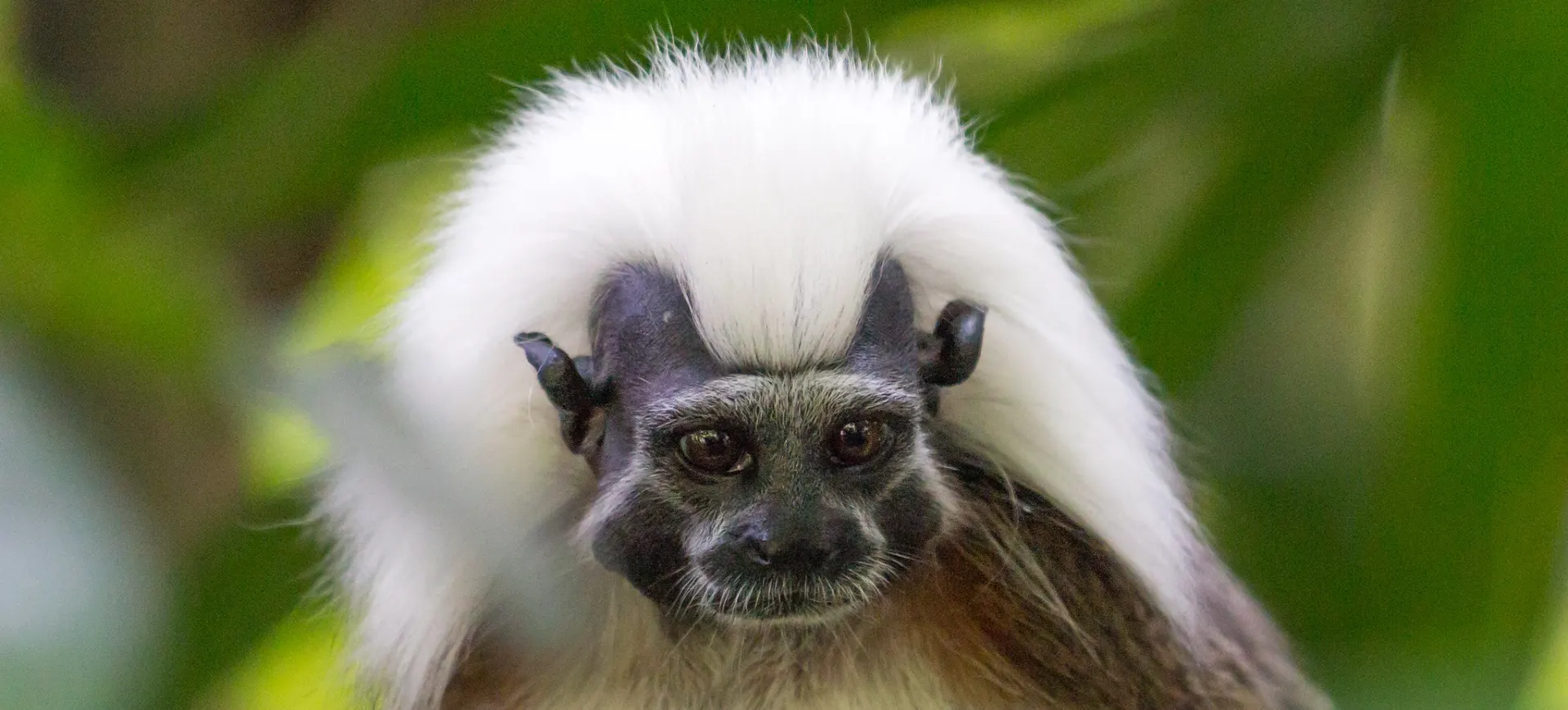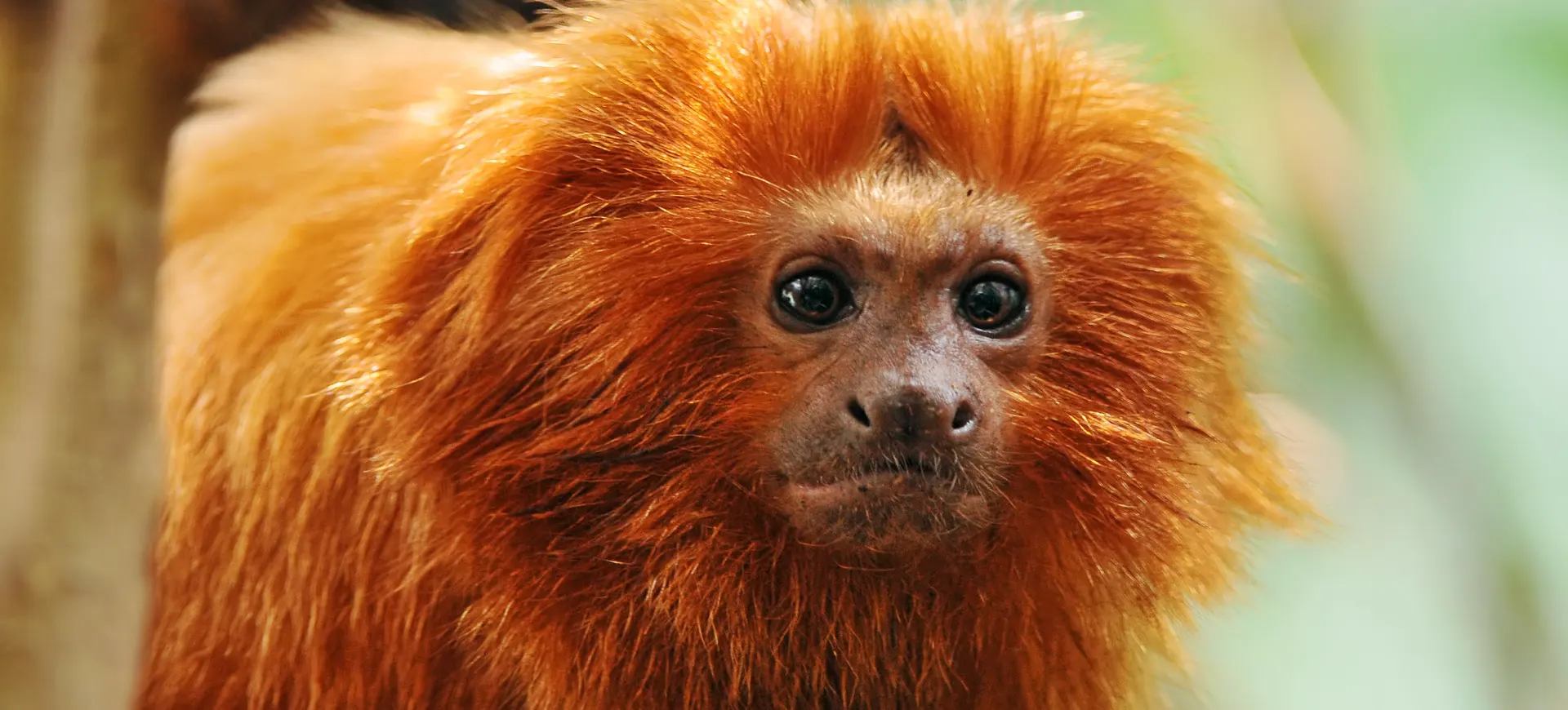Overview
The Western Pygmy Marmoset (Cebuella pygmaea) is a diminutive primate species native to the Amazon Basin, particularly in regions of Brazil, Colombia, Ecuador, and Peru. It is closely related to the Eastern Pygmy Marmoset and shares many of the same characteristics, including its small size and specialized feeding habits. The Western Pygmy Marmoset primarily feeds on tree sap, which it accesses by gnawing holes in the bark of specific trees.
The species is known for its complex social structure, usually consisting of a dominant male, a breeding female, and their offspring. Groups typically range from 2 to 9 individuals. Communication within the group is facilitated by various vocalizations, which serve different purposes, such as alerting to danger or coordinating while foraging.
The Western Pygmy Marmoset plays a vital role in its ecosystem despite its small size. It serves as prey for various predators and also contributes to seed dispersal. The species faces threats from habitat loss due to deforestation and is also captured for the illegal pet trade, although it is not currently listed as endangered.
Taxonomy
Kingdom
Phylum
Class
Order
Family
Genus
Species
Type
Physical Description:
The Western Pygmy Marmoset is one of the world’s smallest primates, typically weighing between 3.5 and 4.2 ounces. Its fur is brownish-gray with streaks of yellow and green. The face features white dots, and the tail is often ringed or streaked, similar to its Eastern counterpart.
Despite its small size, the species is agile and quick, capable of leaping between branches. It has specialized dentition allows it to gnaw through tree bark to access sap. Its sharp claws enable it to cling to trees while feeding or moving, and its prehensile tail aids in balance and navigation.

Lifespan: Wild: ~8 years || Captivity: ~15 years

Weight: Male: 3.5–4.2 oz (99–119 g) || Female: 3.4–4.1 oz (96–116 g)

Length: Male: 4.5–5.1 in (11.4–13 cm) || Female: 4.4–5.0 in (11.2–12.7 cm)

Top Speed: 24 mph (38.6 km/h)
Characteristic:
Native Habitat:
The Western Pygmy Marmoset is native to the Amazon Basin, particularly in Brazil, Colombia, Ecuador, and Peru. It inhabits tropical rainforests, where it prefers the middle to upper canopy levels. The species is highly territorial and lives in areas rich in tree species that produce sap, its primary food source.
The species is well-adapted to its arboreal lifestyle, using its sharp claws and prehensile tail for climbing and navigating through the canopy. It prefers regions with dense foliage, which provides cover from predators and allows for efficient foraging.
Climate Zones:
Biomes:
WWF Biomes:
Biogeographical Realms:
Continents:
Diet:
Diet & Feeding Habits:
The Western Pygmy Marmoset primarily feeds on tree sap, which it accesses by gnawing holes in tree bark. It uses its specialized lower incisors to make V-shaped gouges in the bark, allowing the sap to flow out. The species is highly selective in choosing trees that produce the most nutritious sap.
In addition to tree sap, the Western Pygmy Marmoset also consumes insects and small fruits. It occasionally hunts small vertebrates like lizards. The species is opportunistic and adjusts its diet based on the seasonal availability of food resources. It uses its keen sense of smell and vision to locate food.
Mating Behavior:
Mating Description:
The Western Pygmy Marmoset has a polygynous mating system, where a single dominant male mates with multiple females in the group. The dominant male is responsible for defending the territory and has exclusive mating rights with the females. Mating usually occurs when food is abundant to ensure the survival of the offspring.
Females give birth to twins after a gestation period of about 4.5 months. The male and other group members care for the young, which is crucial for their survival. The young are weaned at around two months and reach sexual maturity at about one year of age.
Reproduction Season:
Birth Type:
Pregnancy Duration:
Female Name:
Male Name:
Baby Name:
Social Structure Description:
The Western Pygmy Marmoset lives in small family groups consisting of a dominant male, a breeding female, and their offspring. The social structure is complex, with a clear hierarchy where the dominant male has exclusive mating rights with the females. Group members communicate through various vocalizations, which serve different purposes, such as alerting to danger or coordinating while foraging.
The group has a strong sense of cooperation, especially in caring for the young. All group members participate in grooming, feeding, and protecting the infants. This cooperative behavior is crucial for the young’s survival and the group’s overall stability.
Groups:
Conservation Status:
Population Trend:
The Western Pygmy Marmoset is considered the least concerning according to the IUCN Red List, although its exact population numbers in the wild are unknown. It is believed to have a stable population despite threats from habitat destruction and the illegal pet trade. The species is not listed as endangered but is subject to ongoing monitoring.
Ongoing deforestation in the Amazon Basin poses a significant threat to the Western Pygmy Marmoset. The loss of suitable tree species for sap extraction directly impacts its food source and survival. The illegal pet trade poses a risk, although it is not as significant as habitat loss.
Population Threats:
The primary threat facing the Western Pygmy Marmoset is habitat destruction due to deforestation in the Amazon Basin. The loss of suitable tree species for sap extraction directly threatens its survival. Additionally, the species faces risks from the illegal pet trade, although this is not as significant as habitat loss.
Climate change also poses a potential threat to the Western Pygmy Marmoset. Changes in temperature and precipitation patterns could impact the availability of tree sap, its primary food source. While not currently a major concern, it is a potential future threat that requires monitoring.
Conservation Efforts:
Conservation efforts for the Western Pygmy Marmoset primarily focus on habitat preservation and combating illegal trade. Various non-governmental organizations and governmental bodies are working to protect the Amazon rainforest, which is the primary habitat for this species. Sustainable forestry practices are being promoted to minimize the impact of logging on the species’ food sources.
Educational programs are also in place to raise awareness about the ecological importance of the Western Pygmy Marmoset and the threats it faces. These programs aim to discourage the illegal pet trade and promote responsible tourism in regions where the species is found. While the species is not listed as endangered, ongoing monitoring is essential for long-term survival.
Additional Resources:
Fun Facts
- The Western Pygmy Marmoset is one of the world’s smallest primates.
- Despite its small size, it can leap up to 16 feet between branches.
- It has specialized lower incisors for gnawing through tree bark to access sap.
- The species communicate using a variety of vocalizations, including whistles and chirps.
- Both males and females participate in caring for the young.
- The Western Pygmy Marmoset is polygynous, with one dominant male mating with multiple females.
- It can rotate its head 180 degrees, allowing for better visibility in its dense forest habitat.
- The species is not migratory and tends to stay within its established territory.
- It plays a vital role in seed dispersal in its ecosystem.
- The Western Pygmy Marmoset can live up to 15 years in captivity, longer than its average lifespan in the wild.





